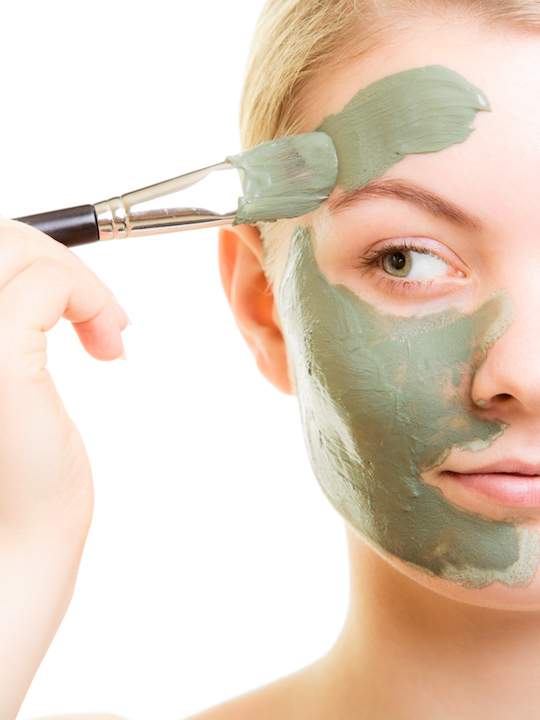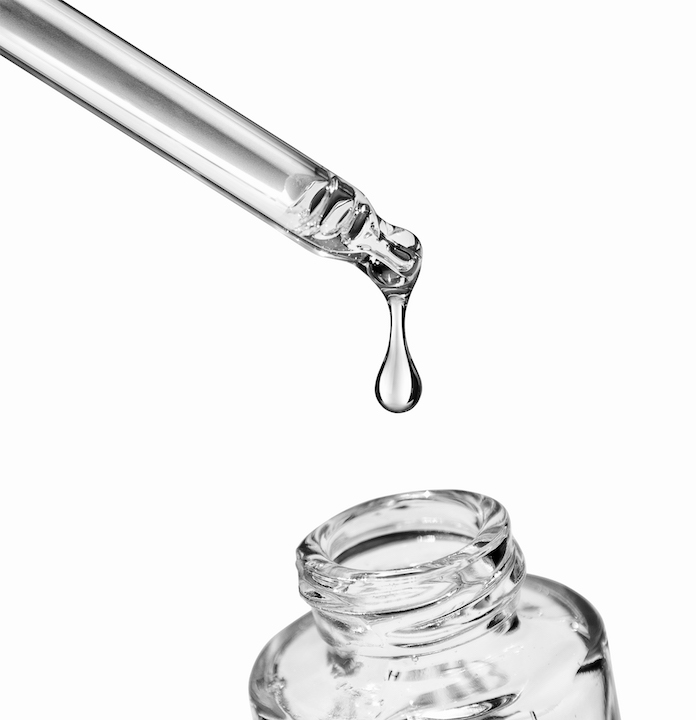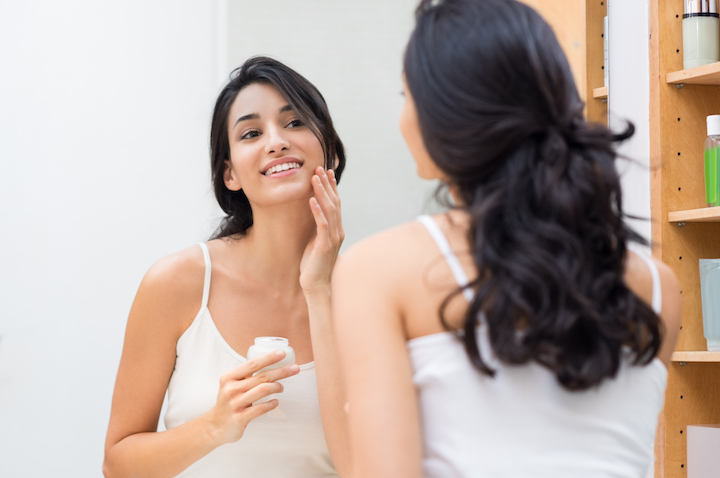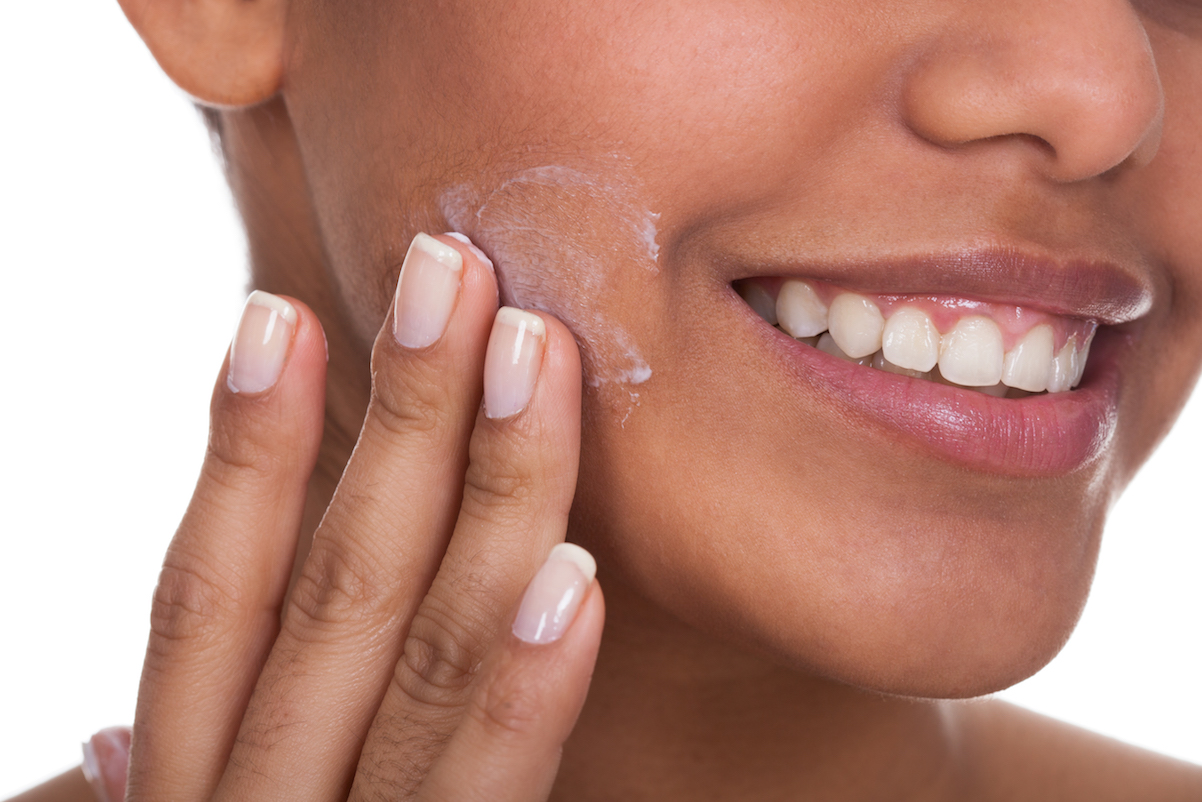If you’re feeling FOMO because that super trendy serum didn’t give you K-pop skin in two days, never fear — it may not be you. We break down what “instant results” actually means and what are the realistic time frames for different skincare products within which you can expect to see visible results.
“I used it for a week and my skin didn’t get better. This doesn’t work!”
If you read enough skincare reviews, you’ll find variation after variation of lines like the one above. People will try a product for a few days, see no change in their skin, and give up (while leaving the product a bad review).
On the other hand, you may also find reviews with this as the thesis: “I used this for two days and my skin totally transformed!”
Sometimes that makes sense in the context of the product used, but many other times, it doesn’t, because in most cases, that’s just not how skin (or skincare) works.
There are some products that produce instantaneous, or near-instantaneous, results. For most others, though, the dream of instant results is just that: a dream that can’t come true. Most substantial improvements to skin condition and appearance take time, patience, and consistency. Here’s a guide for how long you should use different types of products before expecting to see results.

The skin renewal cycle and why different types of products need different time frames to work
It’s generally accepted that skin renews itself about every four weeks or so. Of course, that doesn’t mean that we shed our entire covering every four weeks like a snake. Rather, it means that four weeks is about as long as it takes for all of our skin cells to be shed and replaced. For this reason, it’s often suggested that we give skincare products at least four weeks before deciding whether they deliver results.
The reality is more complicated. In the first place, the four-week cycle doesn’t hold true for everyone at every stage of life. It’s faster when we’re younger, slower when we’re older, and varies from person to person as well. Additionally, different components of skin are assembled and renewed at different rates and governed by different processes than others.
Keeping that complexity in mind, we can see that gauging how long a product should take to work isn’t as simple as waiting 28 days. But knowing what part of skin a product targets and what skin functions (if any) it’s supposed to affect can give us some general guidelines for how long to wait before we see results.
Products you can expect to deliver instant results
You can expect “instant” or nearly instant results from products that are only designed to affect the very outermost layers of skin, either by removing impurities from the surface or by adding moisture into it. These products are not formulated to alter the way your skin functions. They only add or subtract from the top layers of skin. In those cases, you should see effects immediately, or at least within the first few days of use. Most masks, cleansers, and hydrating and moisturizing products fall into this category.

Products in this category include:
* Physical exfoliators, like scrubs and peeling gels, which remove dead skin from the surface
* Peel-strength exfoliating acids (AHAs in concentrations of over 10% or BHAs in concentrations of over 5%), which also instantly remove dead skin from the surface
* Clay or mud masks, which draw oils out of skin
* Hydrocolloid pimple patches and spot drying treatments, which forcefully pull gunk out of zits
* Sheet masks, which add hydration into skin
* Both oil- and water-based cleansers, which remove sunscreen, makeup, dirt, and excess oil from skin
* Hydrating mists, toners, and serums, which add hydration into skin
* Calming and soothing products, which reduce visible surface inflammation
* Emulsions, creams, and facial oils, which add emollient and occlusive moisture into skin
* Sunscreen, which protects skin from UV radiation immediately upon application
It’s important to note that while many products in these categories do claim additional effects, those effects may take more time to show up, but the basic surface effects should appear fairly quickly, if they are going to appear at all.

Products you can expect to deliver results within 1-2 months
Products that claim to affect skin texture, tone, and function in a more meaningful way — for example, by fading dark spots or improving the texture or elasticity of skin — take more time to show results (or lack thereof). That’s because pigmentation and elasticity issues lie deeper within the skin and are controlled by factors that can’t be affected instantly through topical products. Most products in this category are sold as essences, serums, or ampoules.
Give the following types of products a month or two of consistent use before throwing in the towel:
* Barrier-repairing products that increase skin’s lipid production
* Exfoliating acids at daily use strengths (AHAs at 10% and under, BHAs at 4% and under), which gradually loosen and remove dead skin
* Acne treatments that target acne by attacking bacterial infection, reducing inflammation, expelling clogs, or controlling sebum production
* Brightening products, which address hyperpigmentation by breaking up and dispersing melanin deposits in skin and/or blocking further melanin production by skin
* Firming and anti-aging products that don’t rely on retinoids or L-ascorbic acid vitamin C, but instead use ingredients like adenosine, copper peptides, or herbal or botanical extracts to improve skin texture and elasticity.
That doesn’t mean that you can’t see results from these types of product in less than a month or two. Skin is so variable among different people, and individual skin can respond to ingredients in such different ways, that sometimes amazing things do happen. I recently experienced this with NIOD’s Copper Amino Isolate Serum 2:1, a copper peptide product that gave me startling results in less than a month. But a good product doesn’t always show results quickly. Having unreasonable expectations can lead us to give up too soon.

Products that take several months to show visible effects
Finally we come to the last and most nerve-wracking category: products you have to use for several months at least before you see any significant benefits.
There are a lot of skincare ingredients out there, and plenty of them that are effective in one way or another. But for the most part, the positive effects of even really great products are limited to fairly superficial improvements. Ingredients proven to deeply impact the structure and regeneration of skin are rare, and they take a long time to work. That’s because they’re not just adding superficial moisture to the outer layers of skin or improving skin a few layers below. Instead, they’re significantly affecting the way your skin grows.
There are two ingredients in this list. They most often come in serum or cream form. These are the gold standard for what they do, and for many people, they’re well worth the patience.
* Retinoids, particularly prescription-strength ones like tretinoin. These actives are used to treat both acne and aging. They work by re-teaching your skin how to grow more rapidly and correctly. (As a side note, this is why retinoids can cause dryness and peeling for the first few months: Your skin is renewing itself faster than your lipid production can keep up with, and it takes time for that to balance out!)
* Vitamin C, particularly the L-ascorbic acid form, which is the form most supported by current research. L-AA vitamin C (and possibly some of the other derivatives) stimulate collagen production in skin, gradually creating a stronger support structure for your skin, resulting in a firmer, smoother, and more youthful complexion. This new collagen takes a long time to build up, but once it does, the results are outstanding.

As you can see, there are plenty of skincare products that can give you immediate or instant results, but those results will be superficial. The more substantial the changes you hope to see from your skincare, the longer you’ll need to use it. Patience and consistency are key. So are concentrations and overall formulation, so pay attention to the percentages of the actives in your products, and make sure those percentages are effective. For example, 5% L-AA won’t do much; 15-20% will.
Reasonable expectations are key, too. While the products in the second and third categories should begin to show results within the approximate time frames I laid out, that doesn’t mean they’ll show their full results within those time frames. It took me a solid couple of years of consistent work, with plenty of trial and error, before I felt my skincare routine had delivered the skin I really wanted. Look for improvements, but don’t expect the sun and the moon from any product, especially not in a short period of time.
Finally, we should talk about when to immediately stop using a product. Whether or not it could give you visible effects in the long run, discontinue any product that gives you a rash or other allergic reaction or that breaks you out, as long as what you’re experiencing isn’t purging from using an exfoliating acid or retinoid. The vast majority of effective skincare products will not mess up your skin before making it better. And if it isn’t supposed to burn, it never should.
Have you ever prematurely given up on a product because you didn't see instant results? What were the fastest and the slowest results you’ve ever seen from a skincare product? Tell us your stories in the comments!
Loading...